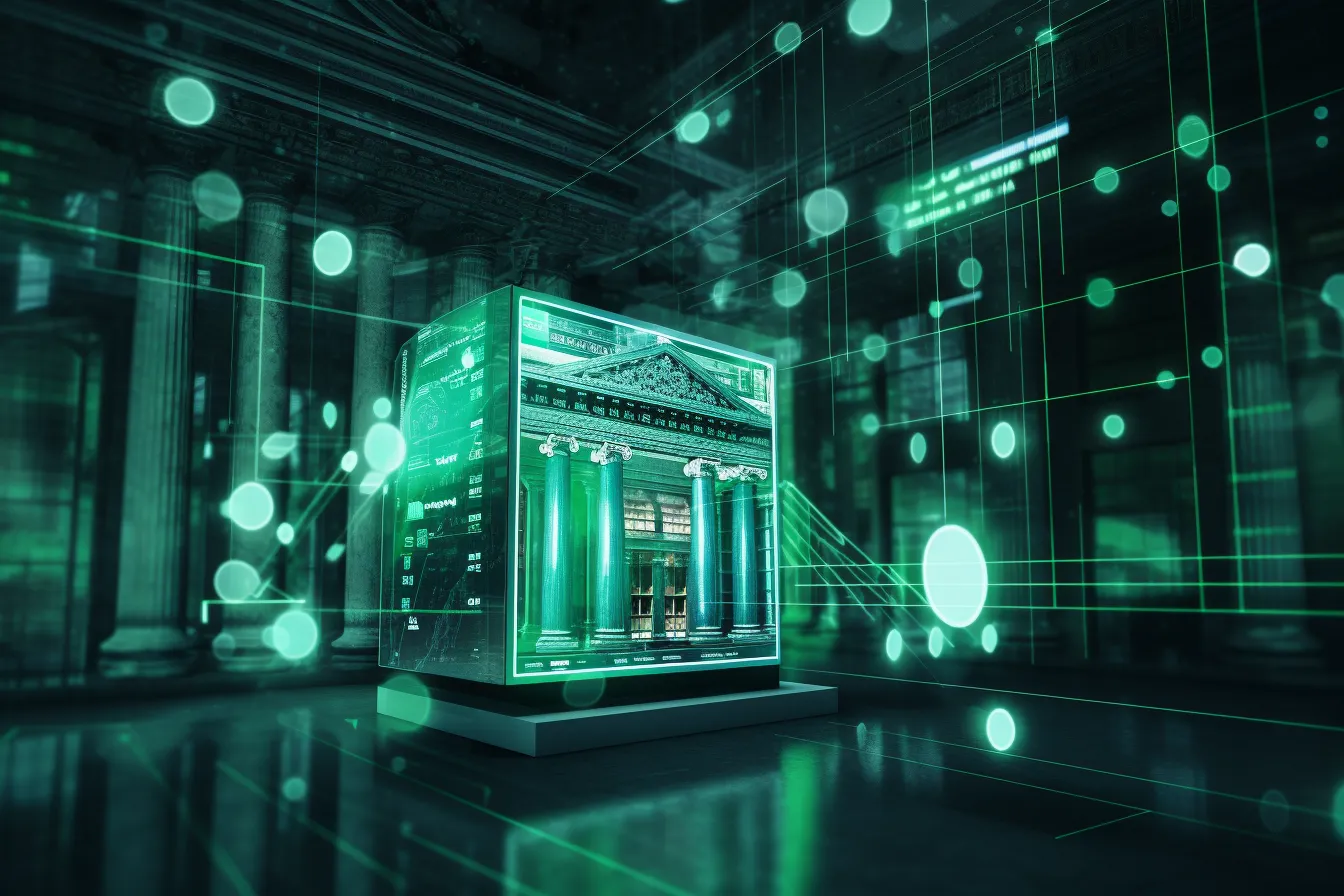From Barter to Bitcoin – The Evolution of Banking
Welcome to our comprehensive exploration of the fascinating journey of banking through the ages. In this article, we will take you on a historical adventure, tracing the roots of banking from its humble beginnings in the form of barter systems all the way to the modern era of digital currencies like Bitcoin. Get ready to dive into the captivating world of finance and discover how banking has evolved over centuries to shape the way we manage and exchange our wealth.
The Origins of Banking: Barter Systems
In ancient times, long before the invention of paper currency and online transfers, people relied on bartering to exchange goods and services. Barter systems involved the direct exchange of one commodity for another, with no standardized medium of exchange. Farmers would trade crops for livestock, blacksmiths would exchange tools for textiles, and so on. While barter systems provided a means of trade, they were inherently limited by the lack of a common measure of value and the difficulty of finding matching wants and needs.
The Emergence of Commodity Money
As societies became more complex, the need for a medium of exchange that held intrinsic value led to the emergence of commodity money. Commodity money consists of tangible items that are widely accepted as a form of payment. Historical examples include gold, silver, salt, and even certain types of shells. These commodities possessed intrinsic value and were universally recognized, making them suitable for facilitating trade.
However, carrying around large quantities of heavy commodities for transactions became increasingly impractical. This led to the creation of standardized forms of money, such as coins. The introduction of coins as a medium of exchange marked a significant milestone in the evolution of banking, as it allowed for more efficient and standardized transactions.
The Rise of Paper Money and Fractional Reserve Banking
Fast forward to the Middle Ages, and we witness the emergence of paper money. Initially, these notes represented a claim on precious metals like gold or silver stored in banking institutions. However, as trust in these institutions grew, people began using paper money itself as a medium of exchange. This transition paved the way for the rise of modern banking systems and the concept of fractional reserve banking.
Fractional reserve banking, as the name suggests, involves the practice of banks holding only a fraction of their deposits in reserve and loaning out the rest. This system allows banks to create additional money through lending, thus expanding the overall money supply in an economy. While it has provided the foundation for economic growth, fractional reserve banking also comes with inherent risks, as excessive lending can lead to economic instability.
The Birth of Central Banking
The late 17th and early 18th centuries saw the establishment of the first central banks. These institutions played a crucial role in overseeing the monetary system, regulating interest rates, and maintaining price stability. The Bank of England, established in 1694, is considered one of the earliest central banks.
Central banks were granted the authority to issue paper money and act as lenders of last resort during times of financial crises. These functions helped stabilize economies and provided a centralized authority in managing monetary policy. Central banking remains a key component of the modern financial system, with each country typically having its own central bank.
The Digital Revolution and the Advent of Online Banking
The late 20th century brought about a revolution in banking with the rise of computers and the internet. The advent of online banking transformed the way individuals and businesses interacted with their financial institutions. People could now access their accounts, transfer funds, and pay bills conveniently from the comfort of their homes or offices.
The digital revolution also contributed to the development of electronic forms of payment, such as debit and credit cards, as well as mobile payment solutions. These innovations made transactions faster, more secure, and more convenient, further reshaping the banking landscape.
Enter Cryptocurrencies: The Era of Bitcoin
With the arrival of Bitcoin and other cryptocurrencies, we witness yet another chapter in the evolution of banking. These digital currencies operate on decentralized networks, using cryptography for security and verification. Cryptocurrencies offer the potential for borderless transactions, increased privacy, and reduced transaction fees. However, they also pose unique challenges, such as volatility and regulatory concerns.
While Bitcoin and other cryptocurrencies are still relatively new and their long-term impact on banking is uncertain, they have undeniably sparked a wave of innovation and debate. As we continue to explore the possibilities of blockchain technology and digital currencies, the future of banking remains an exciting frontier.
In conclusion, the evolution of banking from barter systems to Bitcoin showcases our continuous quest for more efficient and secure methods of managing wealth. Throughout history, we have witnessed the emergence of various forms of money and banking institutions, each playing a vital role in shaping our economic systems. As technology advances and new challenges arise, we can expect further transformations in the world of banking, promising a future that is both innovative and unpredictable.







